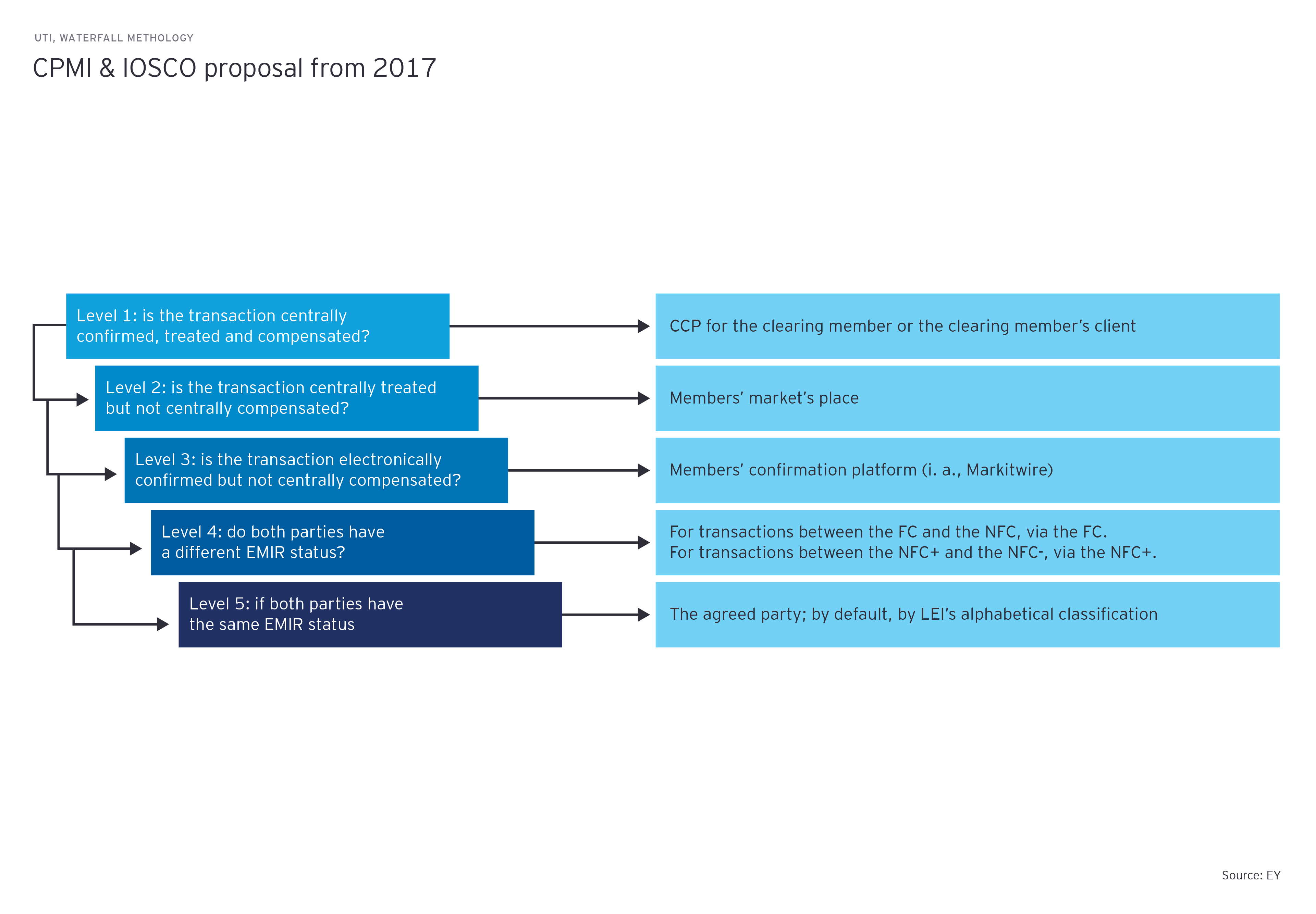Technical challenges
Under the general objective of EMIR to make exchange, but especially over-the-counter, derivatives trading more transparent and secure, EMIR REFIT, the Regulatory Fitness and Performance Programme, has increased the complexity of reports to trade repositories. The number of fields to be reported was increased from 129 to 203, partly on the basis of global guidelines on critical data elements developed by the so-called harmonization group consisting of the Committee on Payments and Market Infrastructures (CPMI) and the International Organization of Securities Commissions (IOSCO). Among other things, 77 data fields have been added, 67 have been adjusted and three have been deleted, including in the data categories of collateral, price and product details and in the area of complex financial instruments. Only 59 data fields remain unchanged.
On the one hand, the changes affect the counterparty master data and the framework data, but also to a considerable extent the reportable fields for reporting collateral. The collateral is divided according to type (variation margin, initial margin, excess collateral), direction (received vs. provided) and valuation (pre- vs. post-haircut). This additional data requirement in the preparation of reports for trade repositories will, after intensive analysis, lead to an adaptation of interfaces to systems and databases, taking into account existing interfaces to other EU regulations.
The reporting obligation of the data fields applies, among other things, to all conclusions, amendments and terminations of derivative contracts and to the clearing of transactions. Furthermore, depending on the classification of the counterparty, valuations and collateral must also be reported. This remains essentially unchanged compared to the current reporting obligation, but the new reporting logics explained below must be observed.
Complex reporting logic
With EMIR REFIT, the characteristics of the "Action Type" field relevant for the reporting of derivative lifecycle events have been adjusted and the "Event Type" field has been added. The combination of both fields provides supervisory authorities with a much better insight into existing business transactions, but also increases the complexity of the reporting logic to be implemented.
The "Action Type" field also discloses whether a deal has been newly created, modified, corrected, or closed. In addition, the action types "Revive" and "Margin Update" have been added and the action type "Compression" has been removed. By using the action type "Position Component" and the event type "Inclusion in Position", related trades will be bundled in the future and identified on the basis of a Subsequent Position UTI (Unique Trade Identifier), which enables portfolio formation in the form of a 1-to-n relationship.
A total of nine different action types and twelve event types, which create more transparency to the lifecycle event by means of characteristics such as "Trade", "Clearing" and "Credit Event", can be selected. The following table shows the 56 possible new reporting combinations of the action and event types – a final representation is expected as part of the further detailing on the part of ESMA through FAQ:




